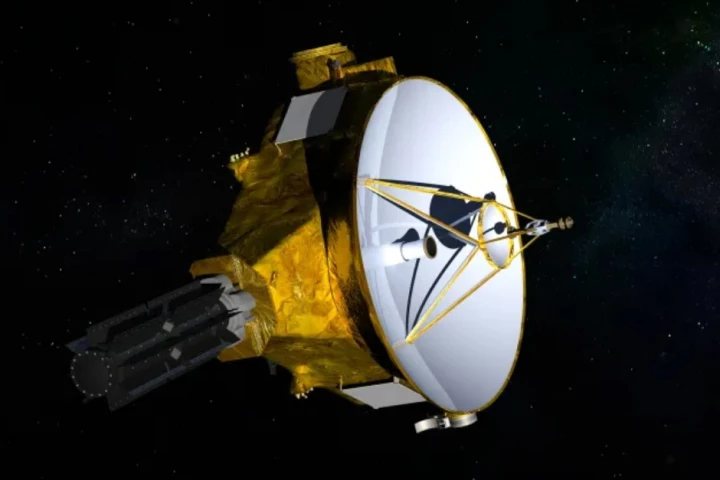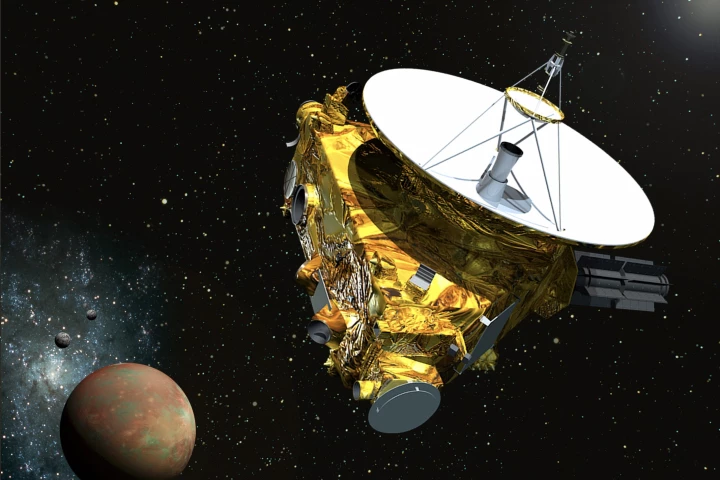New Horizons
-
The future of NASA's New Horizons interstellar probe as it speeds out of the solar system, never to return, is a bit more secure after the space agency announced a new extended mission plan that includes another possible Kuiper Belt object flyby.
-
Astronomers have detected an eerie glow of “ghost light” that could represent a previously unknown component of the solar system. Comparing data from two distinct viewpoints – Hubble and New Horizons – researchers discovered a dim, unexplained glow.
-
New Horizons currently has a lot of time on its hands as it coasts towards interstellar space. The probe has just passed a new milestone distance, celebrating by taking a snap of its predecessor Voyager 1 – or at least, the patch of sky where it is.
-
How many galaxies are there in the observable universe? Not as many as we thought, according to a new study. NASA’s New Horizons probe has measured the blackness of the sky and found that there’s probably “only” a few hundred billion faint galaxies.
-
NASA's New Horizons deep-space probe has, for the first time, returned images to Earth that showed stellar parallax, or how the positions of stars shift when seen from two different places. This could one day be used for interstellar navigation.
-
Scientists have now got their hands on the latest observations of Arrokoth, the most distant body ever studied by a spacecraft, which significantly advances our understanding of how planetary bodies were formed.
-
Research has shed light on how Pluto’s heart-shaped plane of frozen nitrogen creates winds in the planet’s thin atmosphere, that lead to discolorations on its bright surface. The study used information collected by NASA’s New Horizons spacecraft.
-
An instrument aboard NASA's New Horizons is sending back data that could help scientists predict when the unmanned deep-space probe will reach interstellar space. Using the SWAP instrument, scientists are learning more about the solar winds.
-
More than a billion miles beyond Pluto drifts a bizarre snowman-shaped world that was visited by the New Horizons probe at the beginning of the year. Originally nicknamed Ultima Thule, NASA has now officially named this Kuiper belt object “Arrokoth.”
-
As NASA scientists finalized their plans for the New Horizons mission in the mid 2000s, the US had already sent space probes to all of our neighboring planets between Mercury and Neptune. But dangling at very edge of the solar system was a dark and icy carrot named Pluto, the final item on a bucket list of planetary exploration.
-
If there is a subsurface sea on Pluto, why hasn't it frozen solid? According to computer simulations devised by researchers from Japan’s Hokkaido University and elsewhere, it may be that the hypothetical Plutonian sea may remain liquid thanks to an insulating gas layer keeping in the heat.
-
New Horizons has sent back the clearest images of Ultima Thule to date. The new images were snapped just minutes before the spacecraft made its closest pass of the Kuiper Belt object on January 1, in what the science team calls a risky “stretch goal” of the project.
Load More









